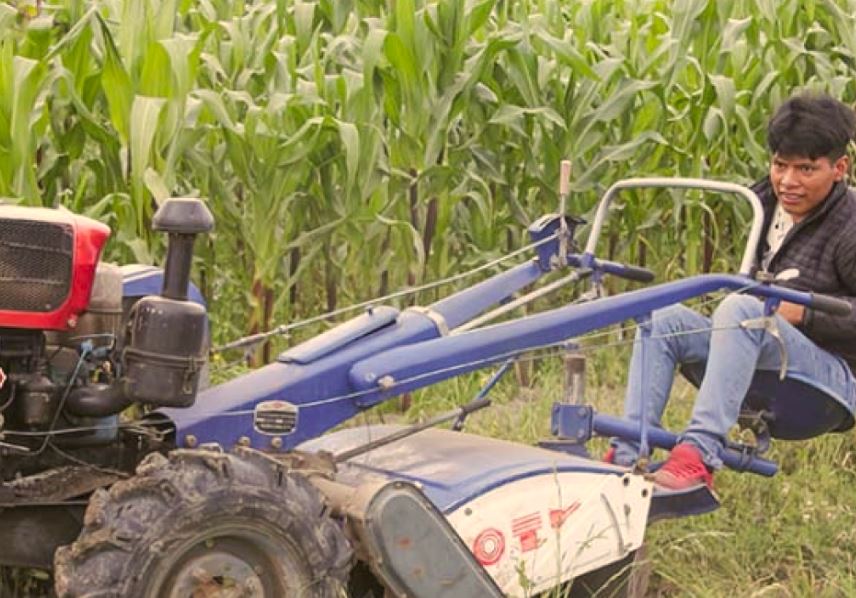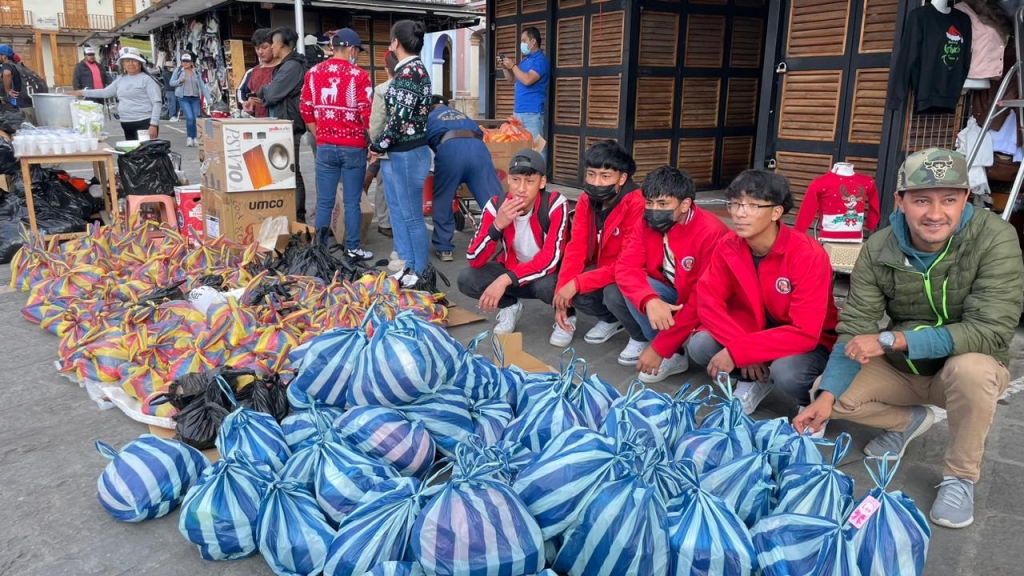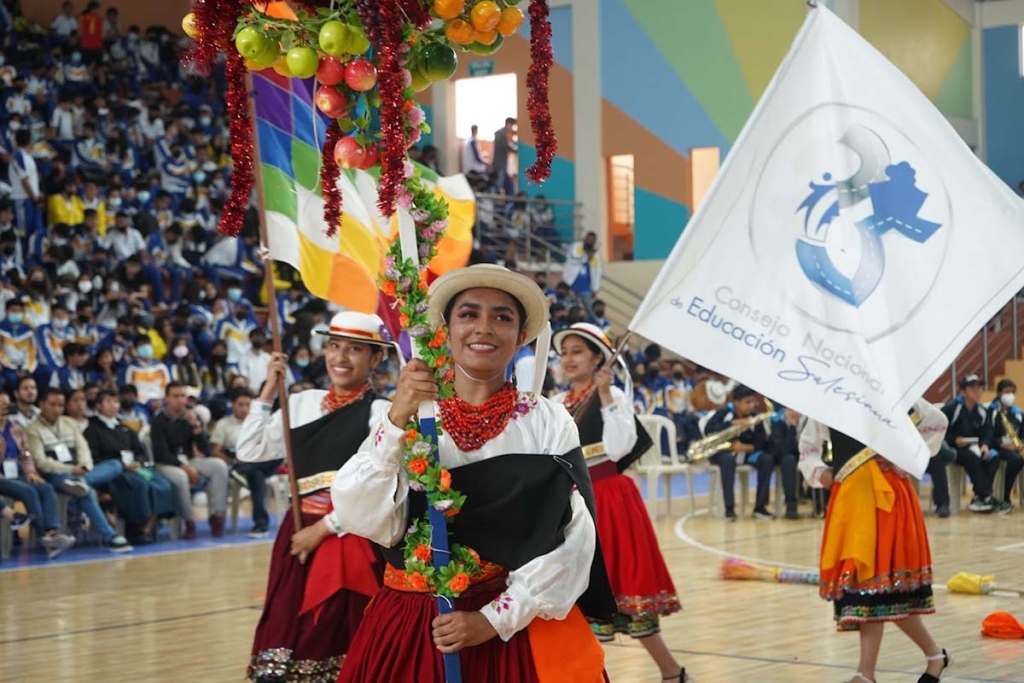ECUADOR: Salesian Program Has Rescued More Than 2,300 Street Children

(MissionNewswire) The Salesian Foundation, Chicos de la Calle, located in Quito, Ecuador‘s capital city, has rehabilitated more than 2,300 street children through its Acción Guambras project. Street educators who engage in outreach efforts to locate street children focus their efforts within the capital city as well as the surrounding cities of Ambato, San Lorenzo, Esmeraldas and Santo Domingo, all known to have high populations of homeless youth.
With a knowledge of the local communities and the most disadvantaged sections of the cities, street educators aim to develop a sense of trust with the street children they reach out to. The process of first meeting a child and then formally bringing them into the program is often slow and arduous. Often, migrant populations that include child workers come into urban city centers during the Christmas and New Year holiday season for only two weeks to a month at a time and then disappear. The street educators must work to build trust with both the young people and their families in order for the program to be successful.
Once trust is established, street educators invite youth to participate in the program which provides education and social development services while meeting basic needs such as housing, food, clothing and school supplies. Participants are also offered tutoring and assistance reintegrating back into school.
Seminars for both youth and their parents that focus on the dangers of child labor and the right to education are also offered through the Acción Guambras project. Once youth become formally enrolled in the program, they are able to access school canteens, health and social services, psychological counseling and emergency care. Before starting a new school year, youth are given a kit with school supplies and other basic needs in exchange for their participation in educational activities.
“The problem of child labor is something that is always present in Ecuador,” says Freddy Ruiz, a manager of the Acción Guambras project. “To combat this phenomenon, the Salesian Foundation developed contacts within the Municipality of Quito in 1992. This led to the birth of the Acción Guambras project and street educators whose role it is to accompany and care for the children and their families.”
The goal of the project is to stop child labor and decrease the risks for vulnerable youth while providing a well-rounded education that allows youth to take the lead in developing their own skills and potential. The project uses an active presence on the streets, technical training, schools and the support of families and communities to care for the youth and promote their rehabilitation.
“These youth need specialized programs including prevention of addiction and care for addicts, rehabilitation of youth gang members and hostels that provide an alternative to living on the street,” says Father Mark Hyde, executive director of Salesian Missions, the U.S. development arm of the Salesians of Don Bosco. “Thousands of children and adolescents are supported each year in Ecuador through this and other Salesian-run educational and social development programs.”
Ecuador is one of the most inequitable societies in the world, according to UNICEF. The richest 20 percent of the population receives almost 50 percent of the national income, while the poorest 20 percent receives only 5 percent. According to the World Food Program, almost 26 percent of all children under age five have stunted growth, increasing to 31 percent in rural areas and 47 percent in indigenous communities.
Violence, especially towards young people, is high in the country. Homicides are the second leading cause of death among young people and the primary cause of death among young women. Instances of physical abuse and domestic violence happen frequently and are often not properly handled by local law enforcement agencies. In addition, a high percentage of youth engage in drug use and are at-risk of falling prey to criminal activity and gang violence.
Close to 20 percent of Ecuador’s population are people of indigenous heritage. For poor, rural and indigenous youth, education provides the best opportunity for finding employment, reducing inequities and breaking the cycle of poverty. Salesian missionaries have been providing education and other social programs for disadvantaged youth across Ecuador for more than 125 years.
###
Sources:
ANS – Ecuador – Acción Guambras: A Salesian project to rescue street children
UNICEF – Ecuador




